
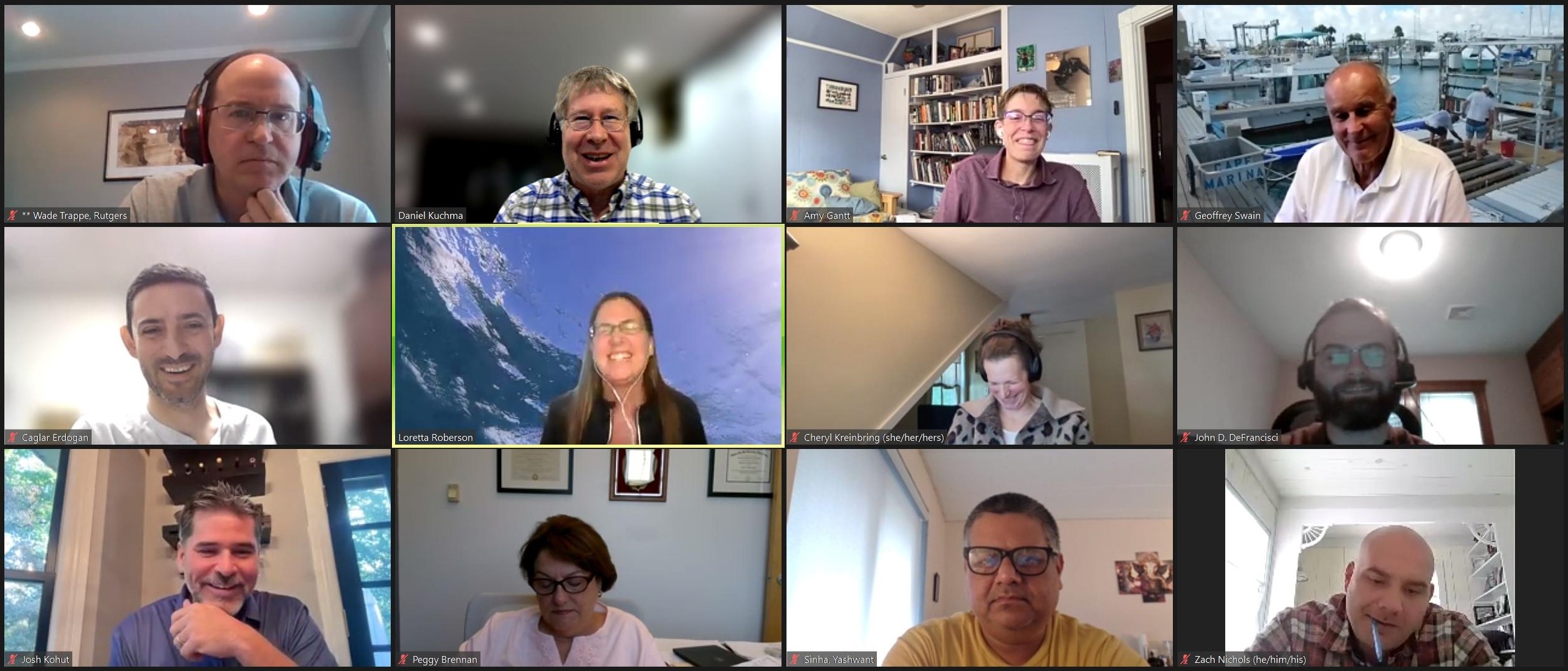
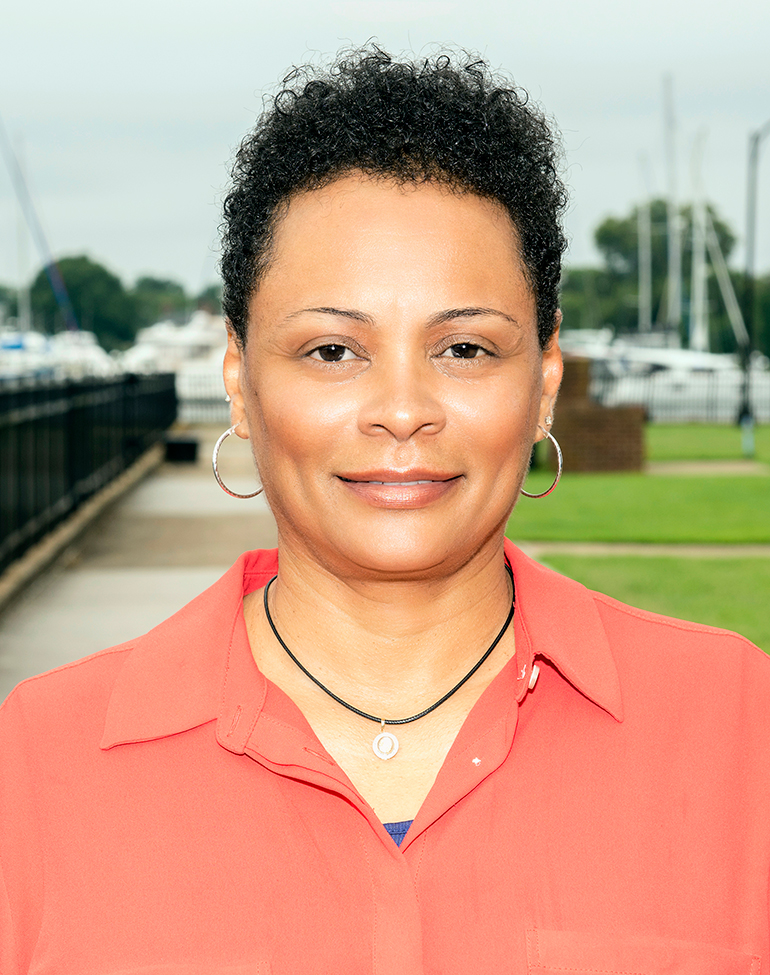
Deidre Gibson
Hampton University
Biological Oceanography, trophic ecology, zooplankton population dynamics
Learn more
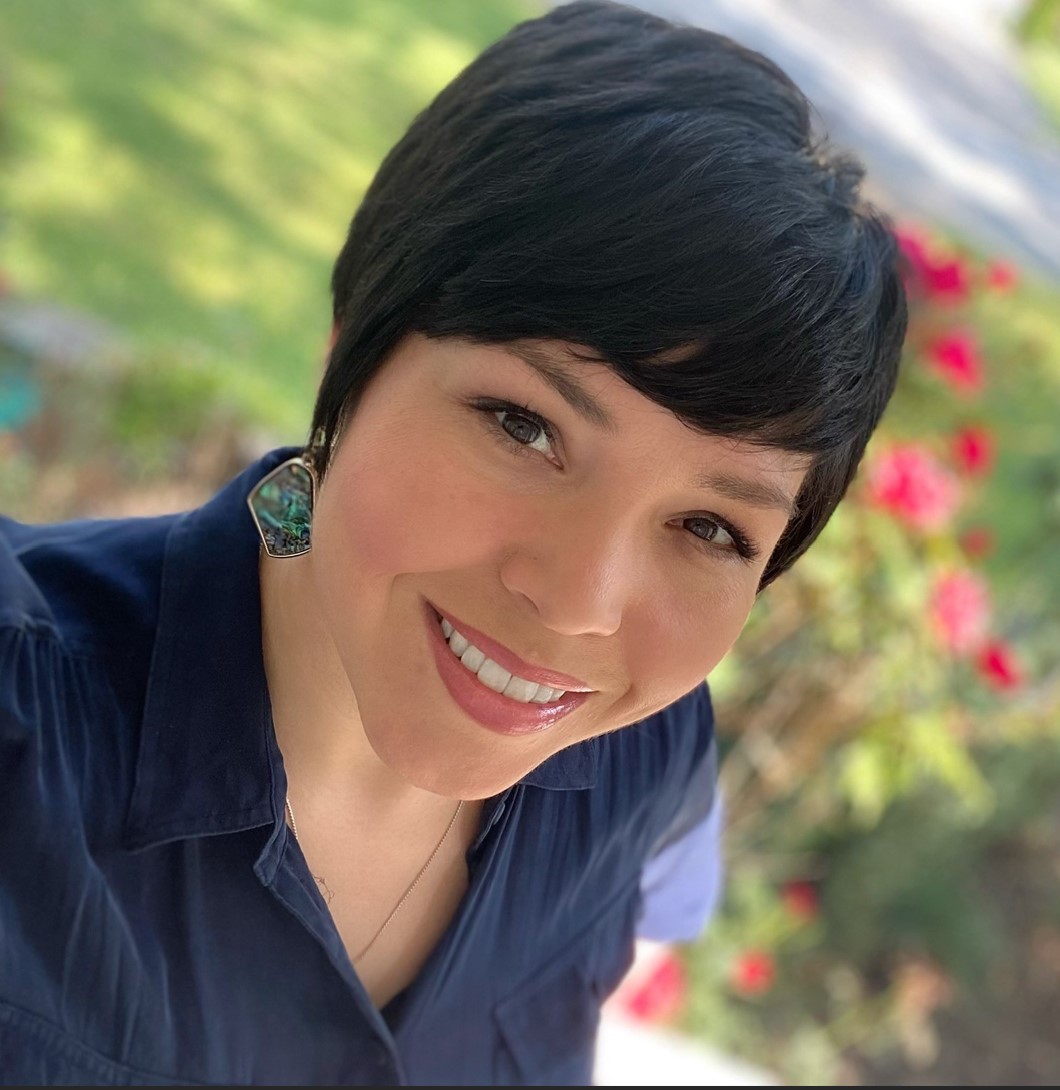
Renee Reily
Responsible Offshore Science Alliance
Fisheries, Offshore Wind Impact Assessment, Collaborative Research
Learn more
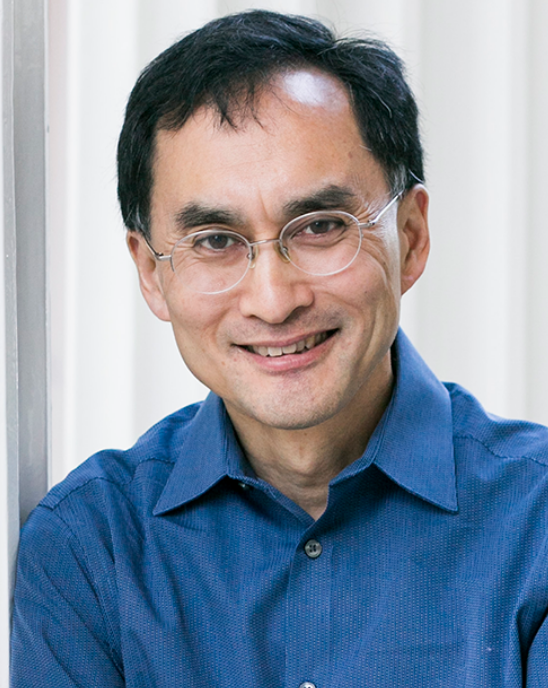
Kevin Oye
Tufts University
Innovation, Entrepreneurship,& Leadership Development
Learn more
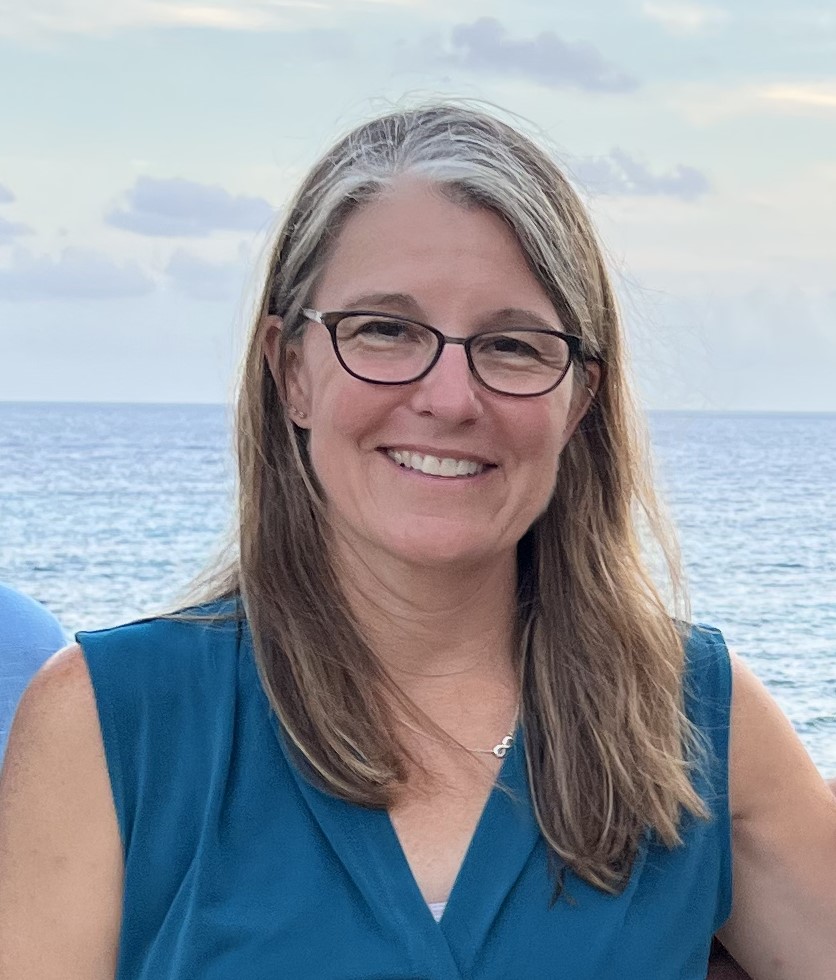
Colleen Hansel
Woods Hole Oceanographic Institution
Ocean Biogeochemistry, Materials and Sensor Engineering, Health Monitoring
Learn more
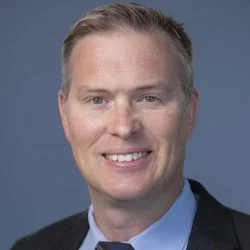
Aaron Bradshaw
University of Rhode Island
Geotechnical Engineering, Soil-Structure Interaction
Learn more
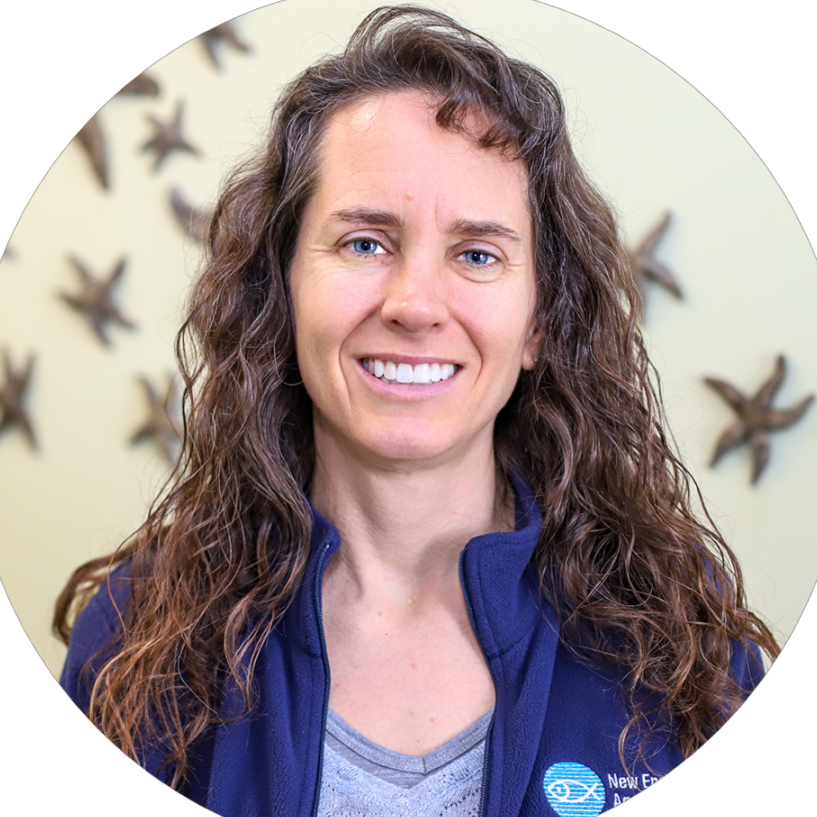
Jessica Redfern
Ocean Conservation Science, Anderson Cabot Center for Ocean Life, New England Aquarium
Conversation biology, marine mammals, habitat modeling, spatially explicit risk assessment
Learn more
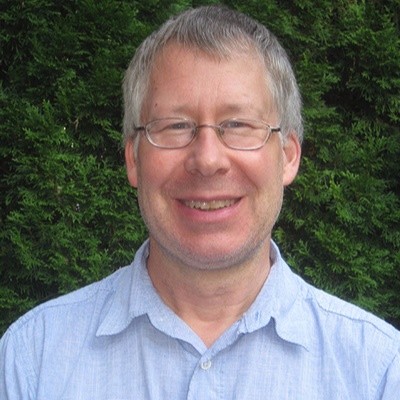
Dan Kuchma
Tufts University
Structures, Materials, Design, & Modeling
Learn more
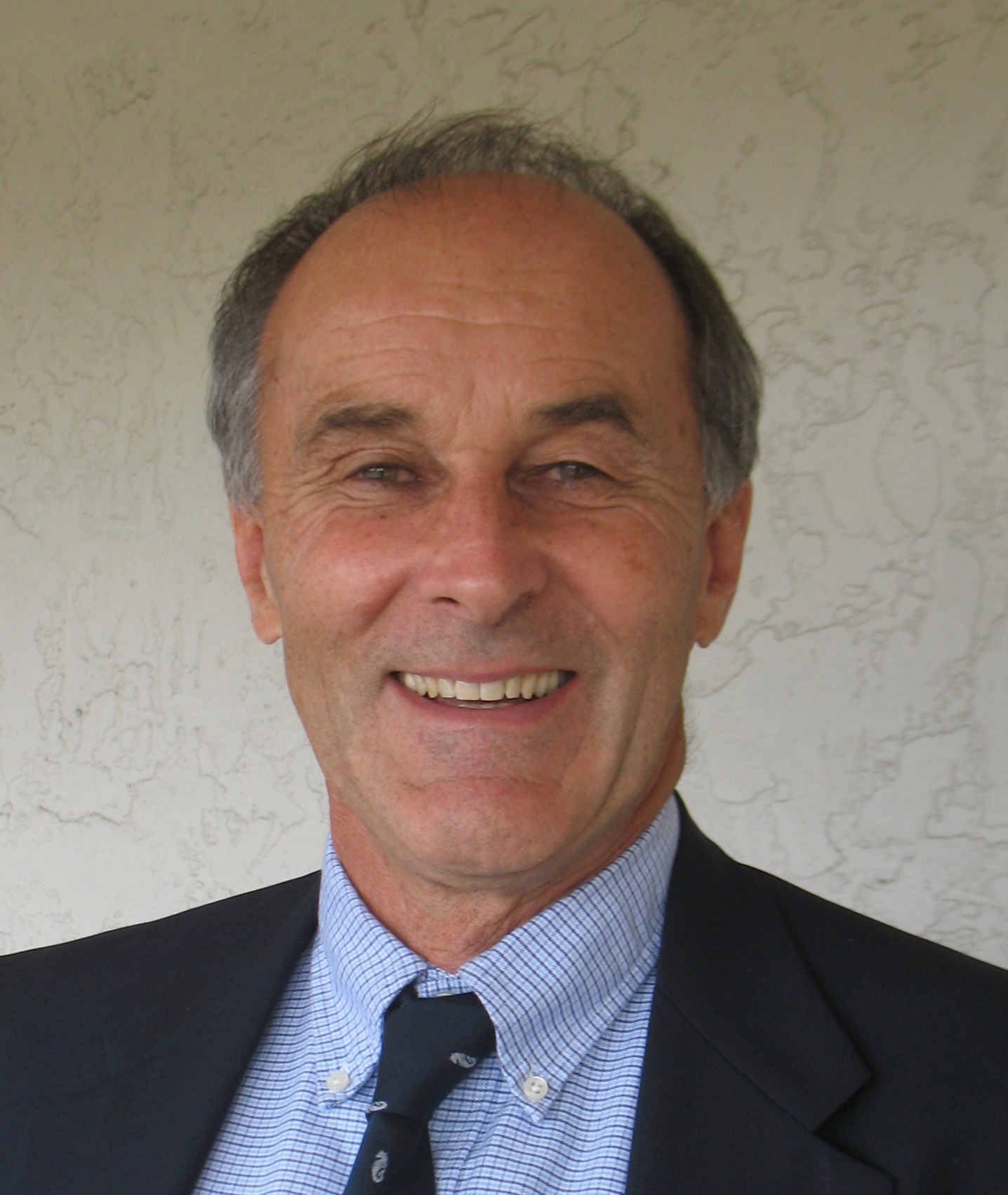
Geoff Swain
Ocean Engineering, Director Center for Corrosion and Biofouling Control, Florida Institute of Technology
Materials, Corrosion, Cathodic Protection, Biofouling, Ecology, Sustainability, Mariculture
Learn more
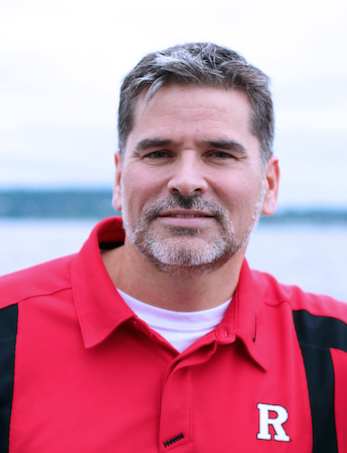
Josh Kohut
Rutgers University
Physical Oceanography, & Marine Ecology
Learn more
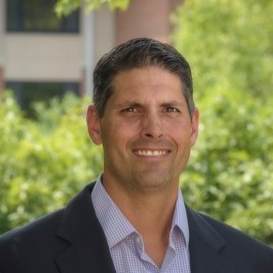
Matthew Oliver
University of Delaware
Biological Oceanography, Remote Sensing, Autonomous Systems
Learn more
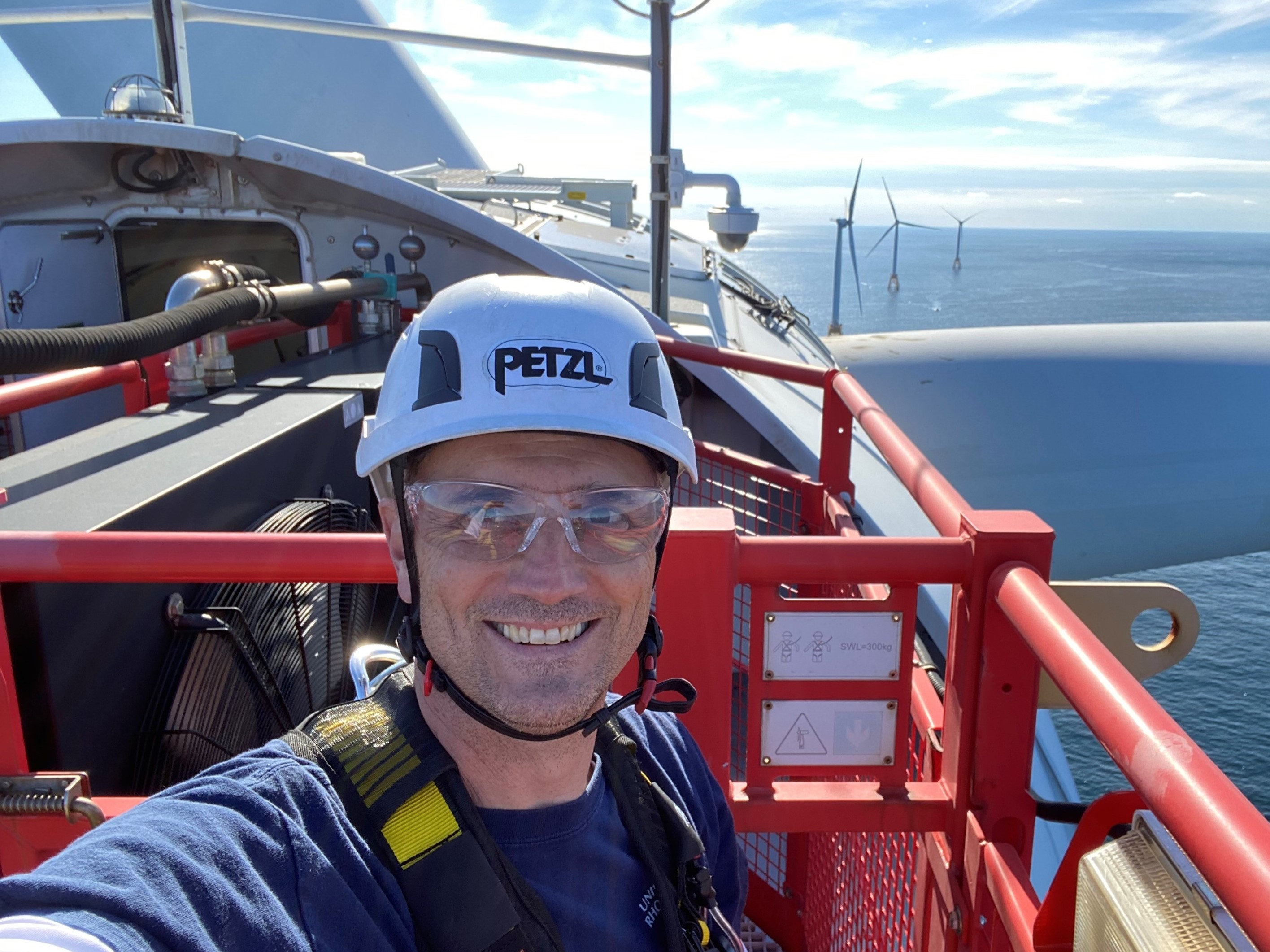
Chris Baxter
University of Rhode Island
Geotechnical, Soil Behavior, Structural Health Monitoring
Learn more
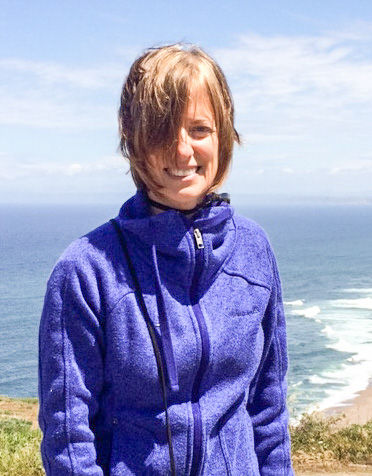
Fara Courtney
Outer Harbor Consulting
Policy Analysis, Market Intelligence and Strategic Partnerships in Support of the US Offshore Wind Industry
Learn more
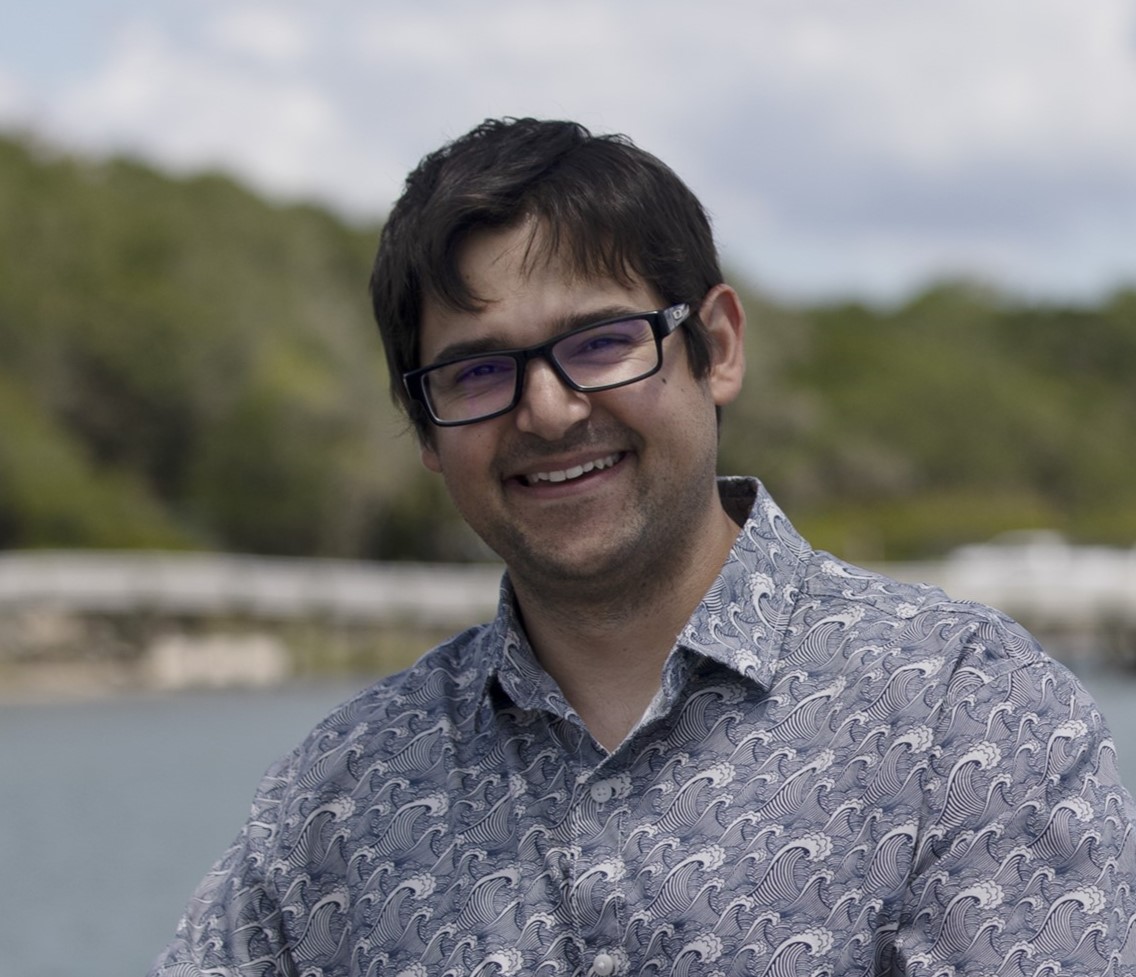
Joe Reustle
Hampton University
Marine Ecology, community ecology, species- interactions
Learn more

Grace Caldara
Tufts University
Tufts Center for STEM Diversity
Learn more
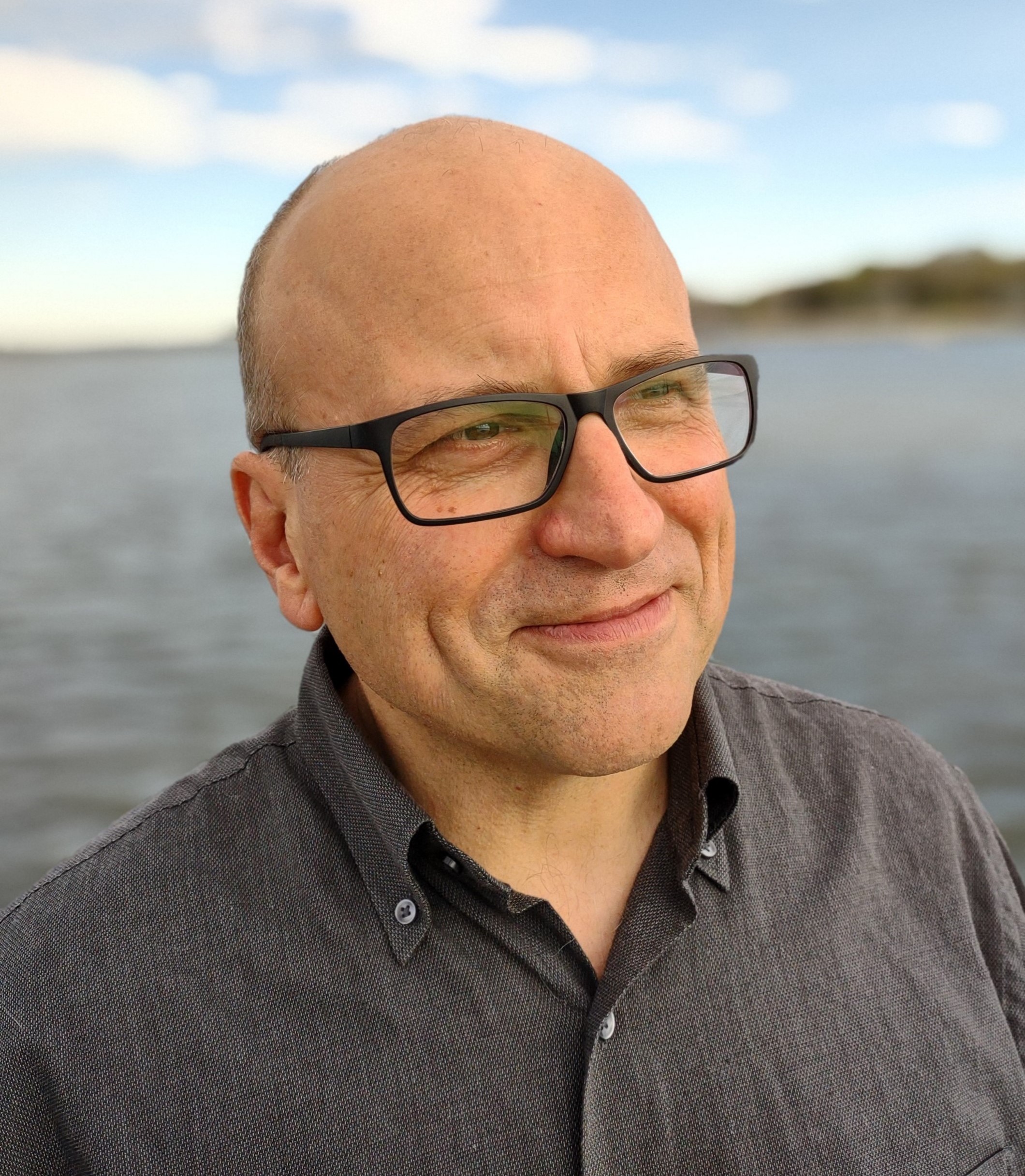
Mike Pol
Responsible Offshore Science Alliance
Fisheries, Wind Impacts, Networking
Learn more
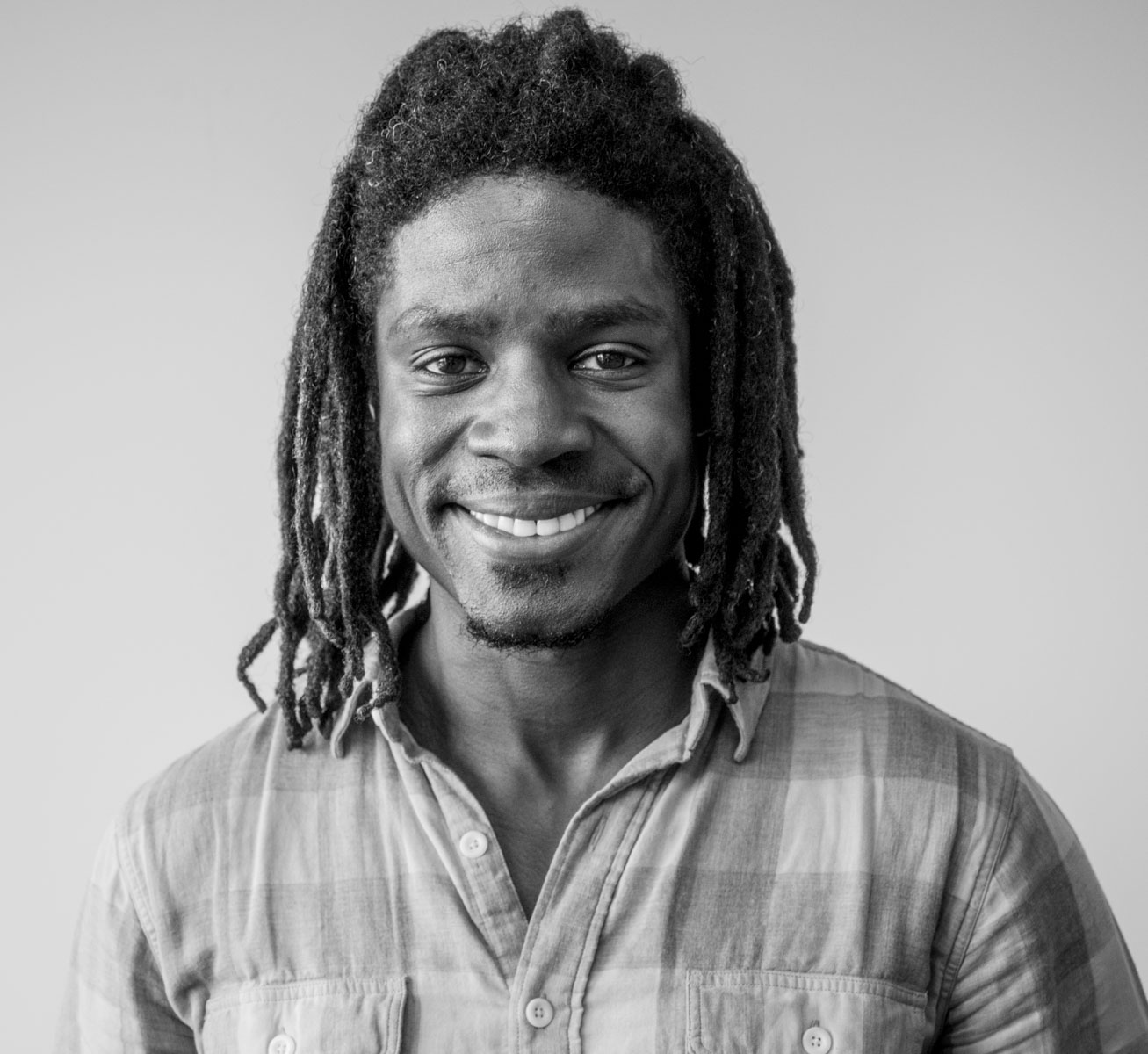
Kersey Sturdivant
INSPIRE Environmental, Duke University
Benthic, Human Disturbance, SPI, Ocean Tech, SciComm
Learn more
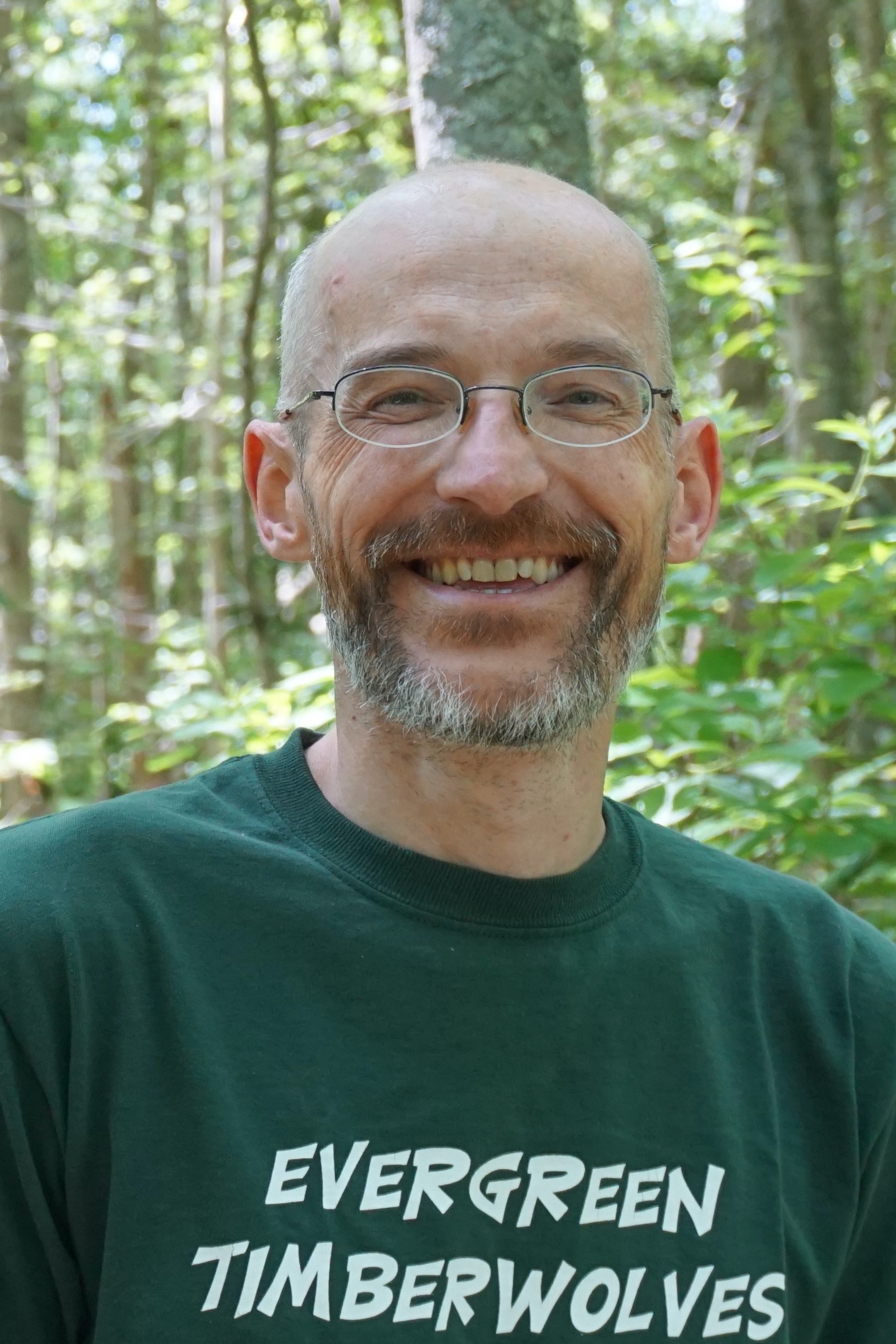
Gavin Fay
University of Massachusetts Dartmouth, SMAST
Ecosystem-Based Management, Quantitative Fisheries Science
Learn more
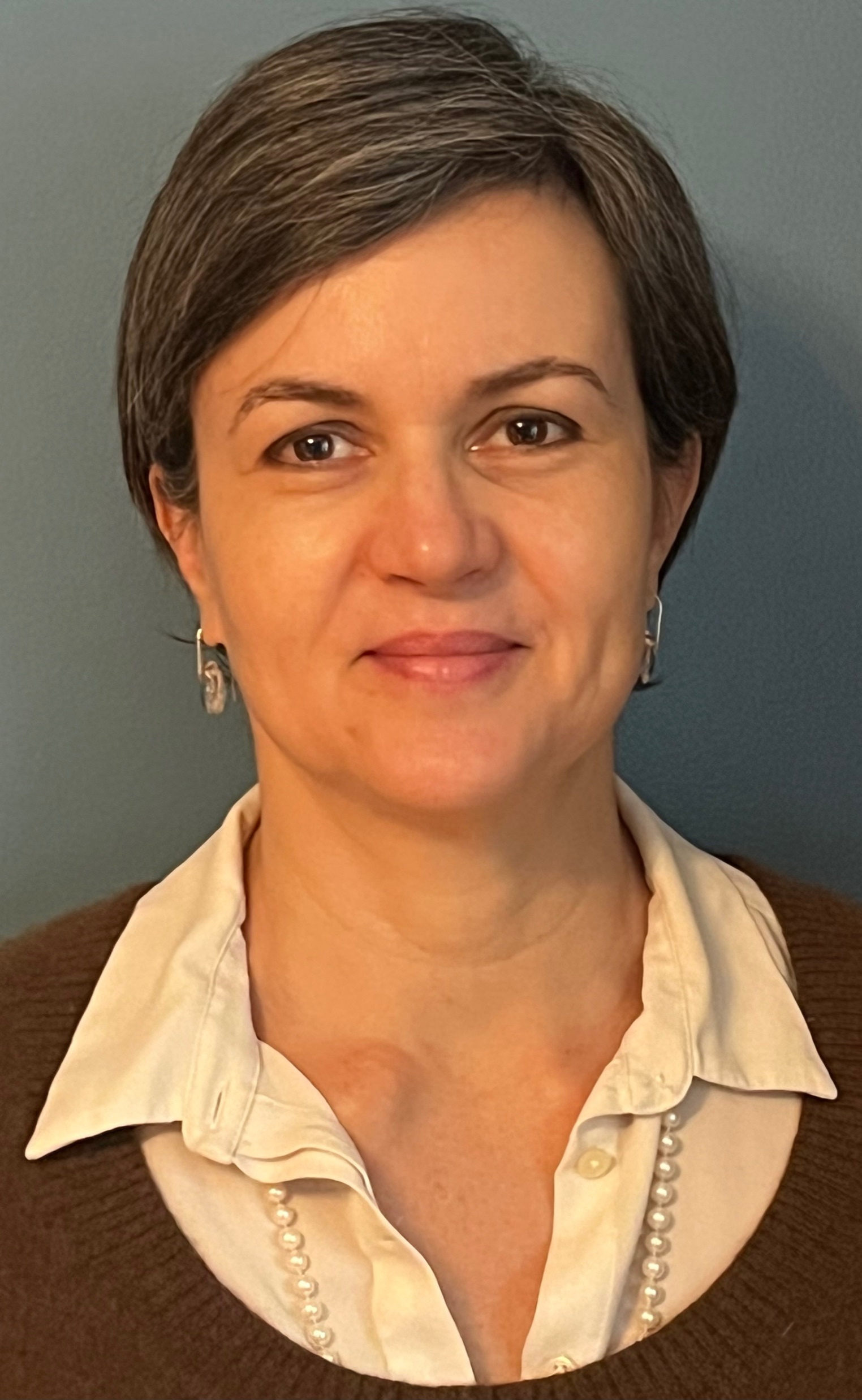
Cristina Archer
University of Delaware
Meteorology, CFD, wake effects
Learn more
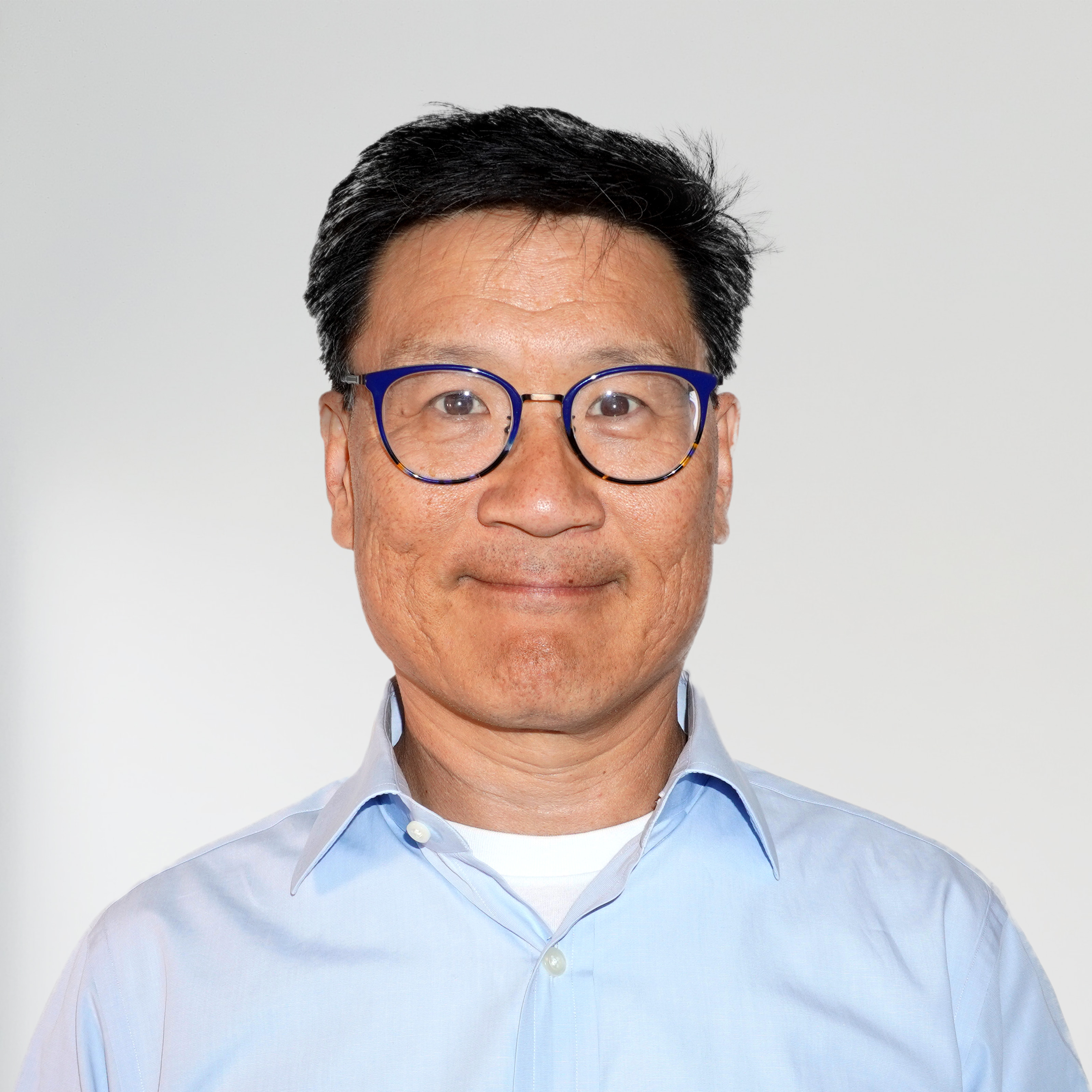
Mark Huang
Co-Founder SeaAhead
Blue Tech Innovation
Learn more
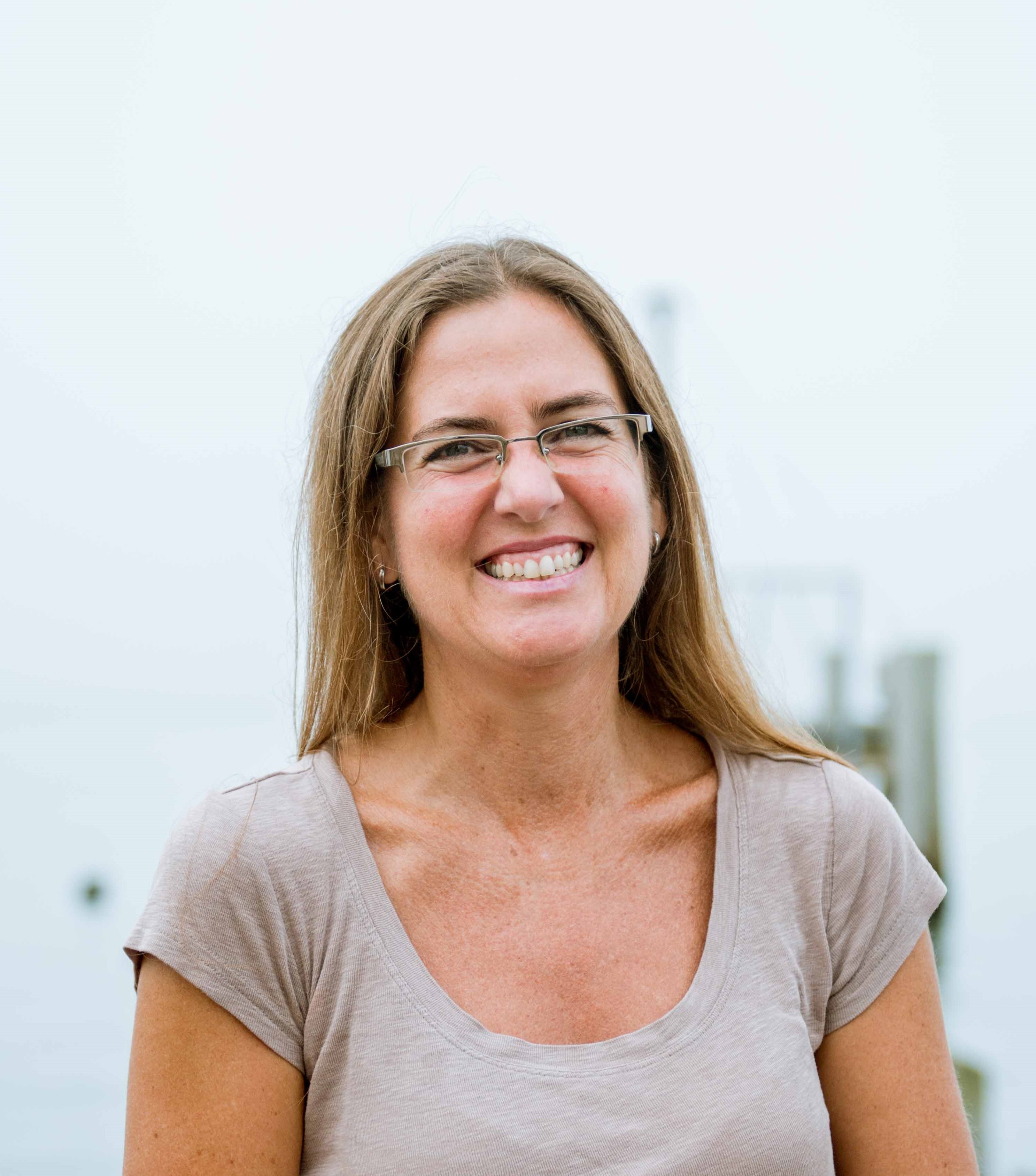
Loretta Roberson
Marine Biological Laboratory
Seaweed aquaculture, coral biology
Learn more
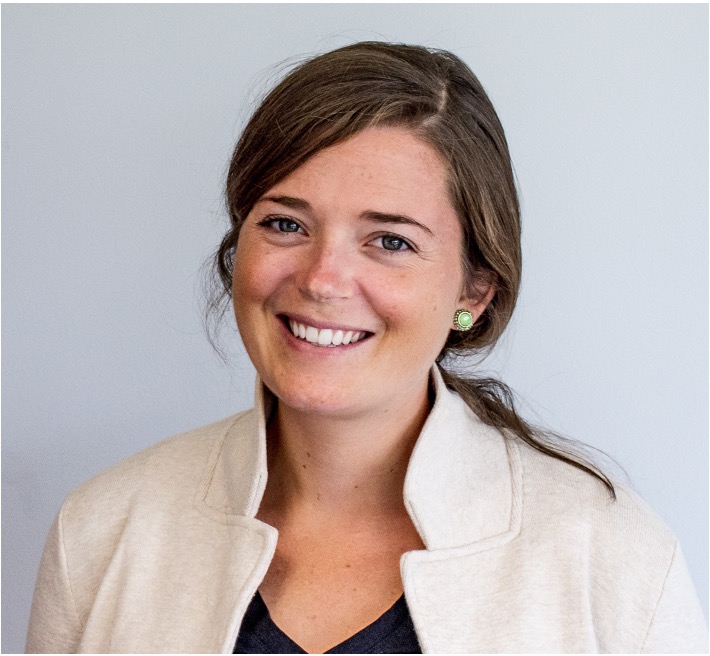
Annie Murphy
INSPIRE Environmental
Ecosystem Ecology, Benthic Function, Carbon and Nutrient Cycling
Learn more
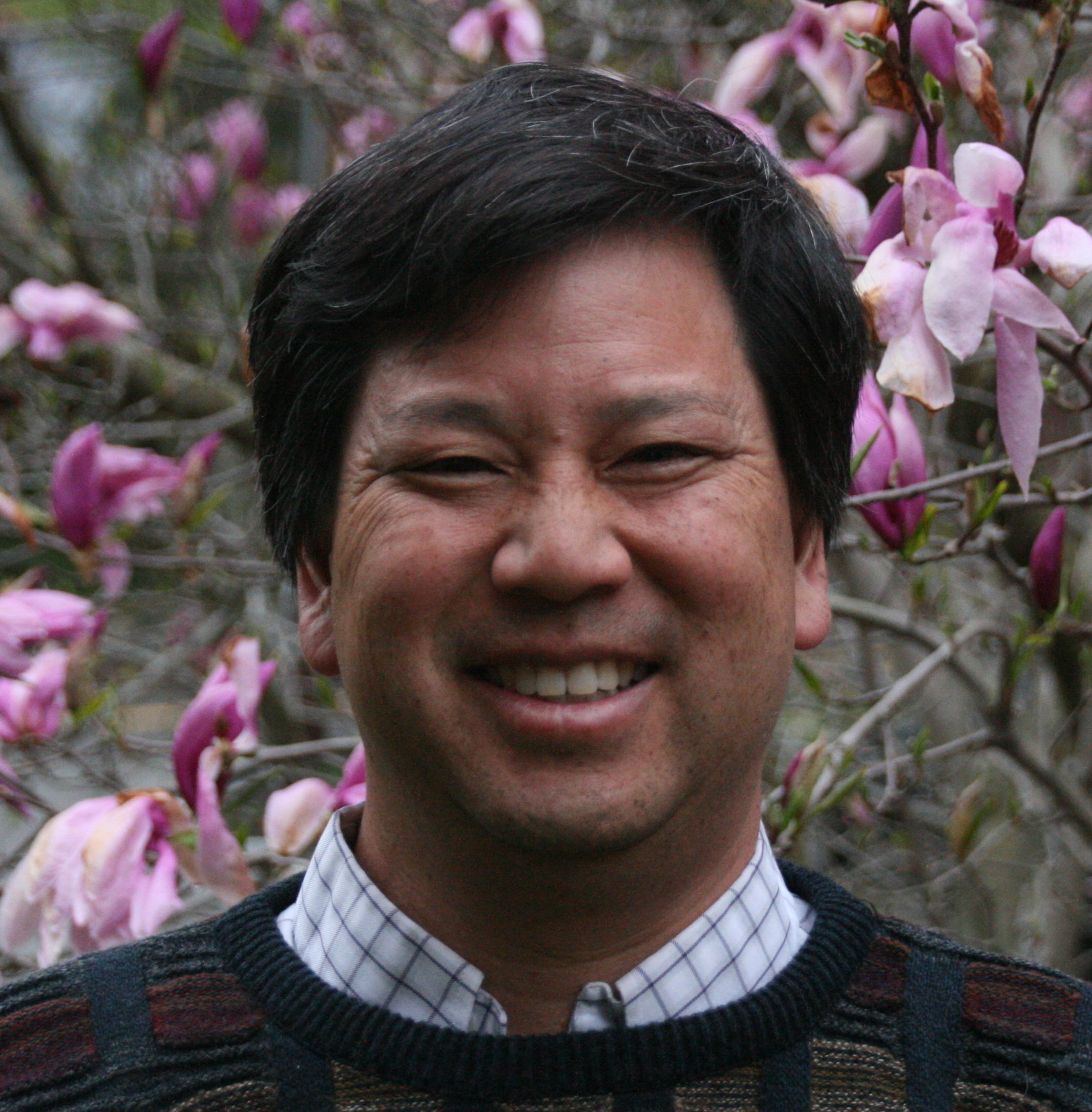
Robert Chen
UMass Boston
Sensors, Ocean Education, Community Engagement, Nature-based approaches, Diversity
Learn more
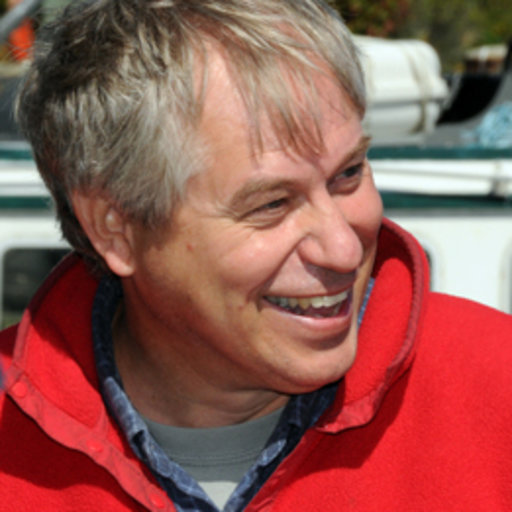
Glen Gawarkiewicz
Woods Hole Oceanographic Institution
Coastal Oceanography, Ocean Observatories, Ocean Warming, Cooperative Research with the Commercial Fishing Industry, Scientific Applications of Autonomous Underwater Vehicles
Learn more
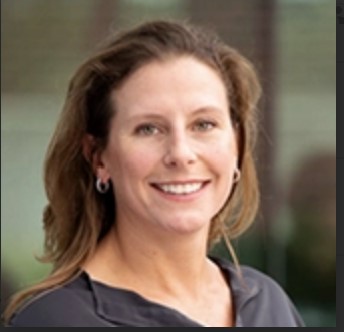
Daphne Munroe
Rutgers University
Shellfish Ecology, Fisheries, Aquaculture
Learn more
_LR - Tim O'Donnell.jpg)
Tim O'Donnell
Gloucester Marine Genomics Institute
Environmental DNA, Fisheries; Biodiversity
Learn more
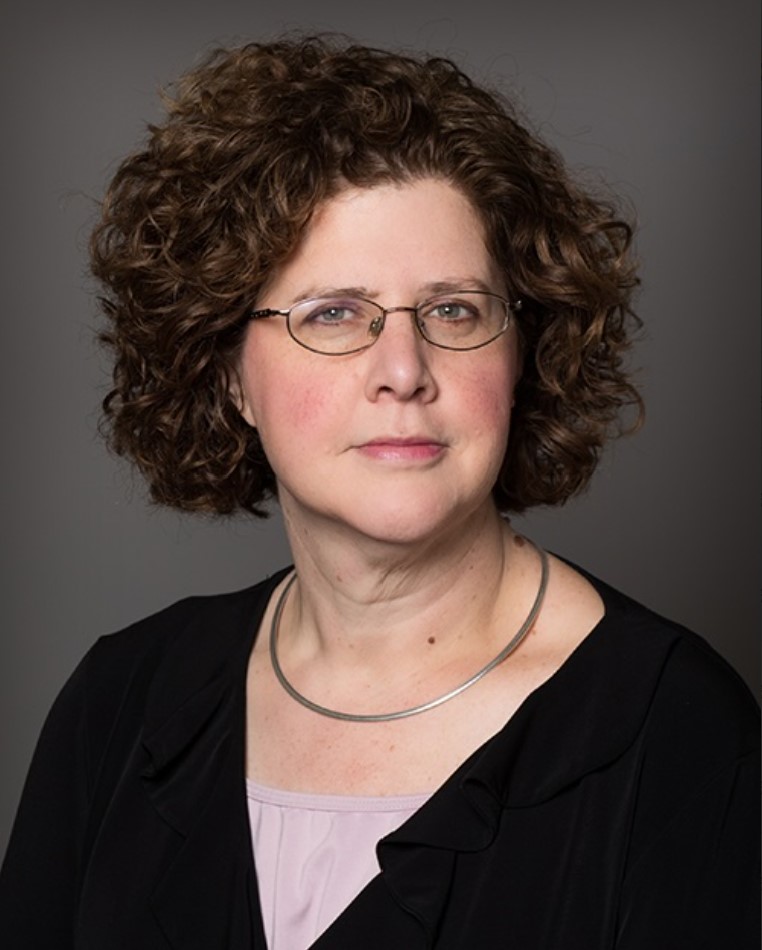
Merredith Portsmore
Tufts Center for Engineering Education and Outreach
Pre-College Outreach and Workforce Development
Learn more
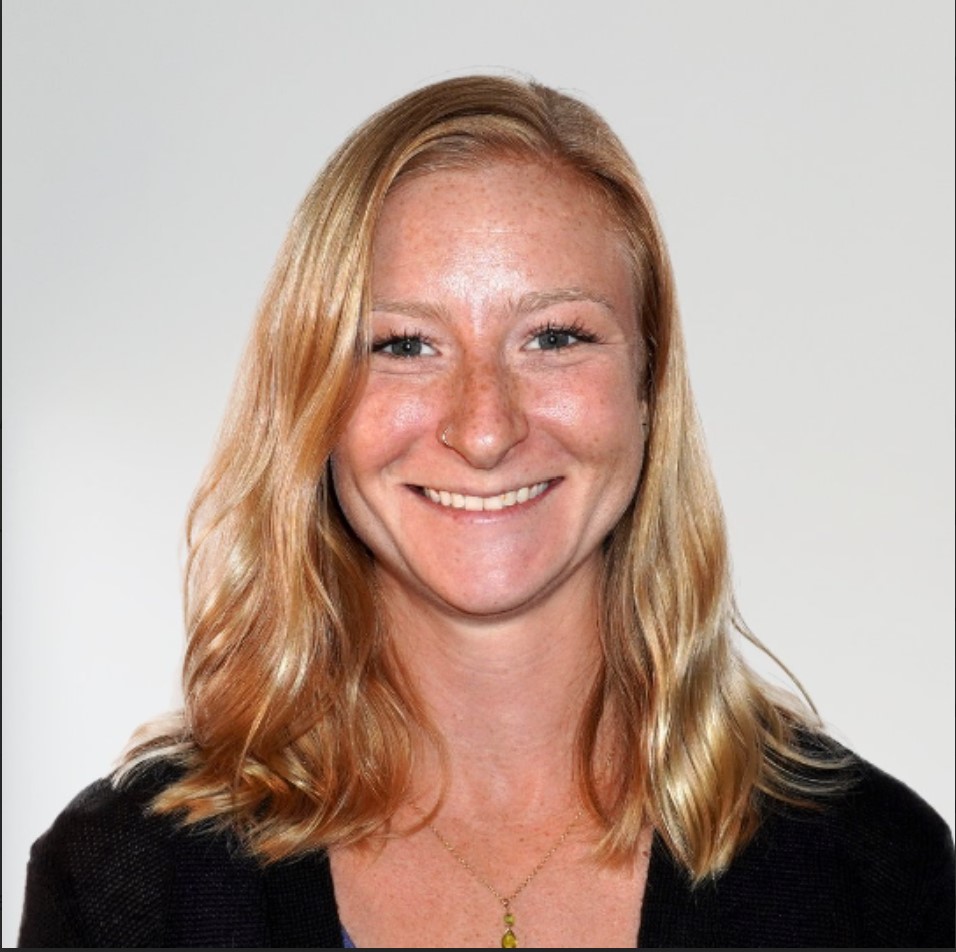
Hailey Bathurst
SeaAhead Inc.
Bluetech innovation, Business Development, Public-sector Relationships
Learn more
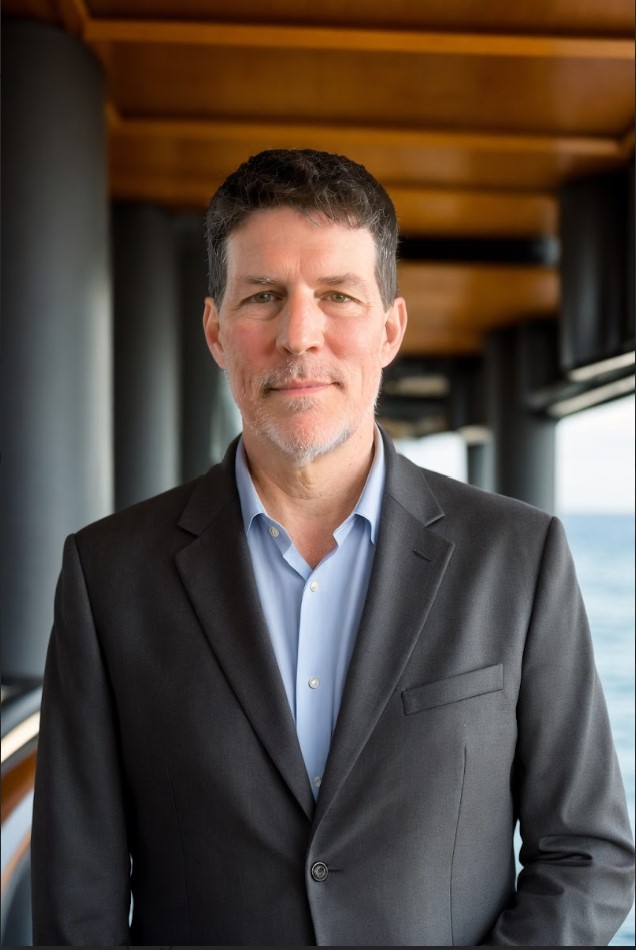
Tom Dameron
Surfside Seafood Products, Last Tow, Overboard Solutions
Fisheries Spatial Operational Needs, Impact Minimization
Learn more
Jeanette Davis
Hampton University
eDNA, bacterial symbiosis, climate justice, DEIJ
Learn more
 - James Byrnes.jpg)
James Byrnes
Innovation Institute @ MassTech Collaborative
Cluster Development specializing in Blue Economy
Learn more
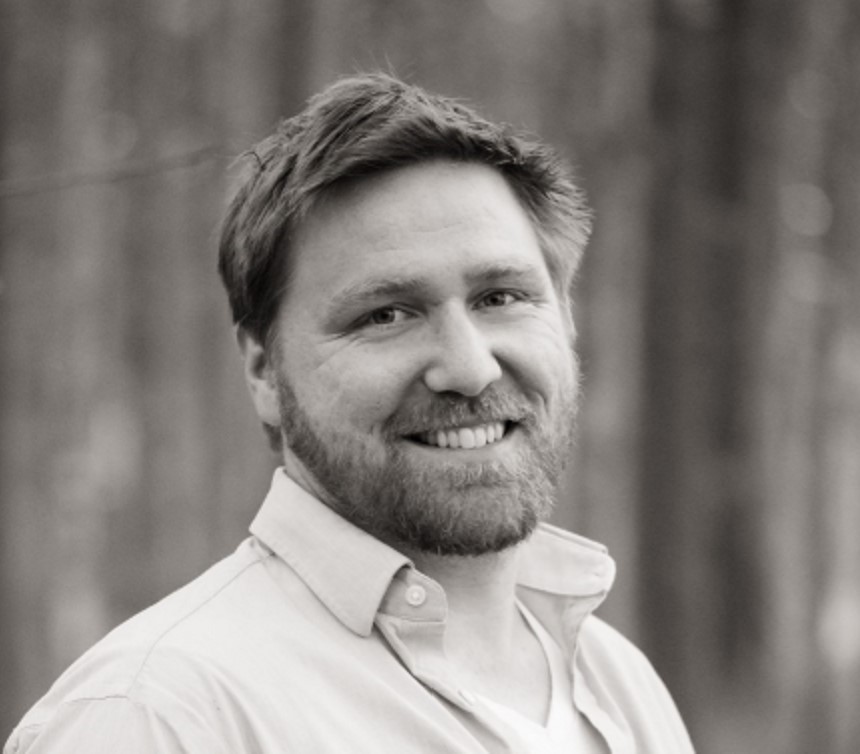
Atma Khalsa
Avangrid
Offshore wind, ecosystem monitoring, innovation, blue economy
Learn more
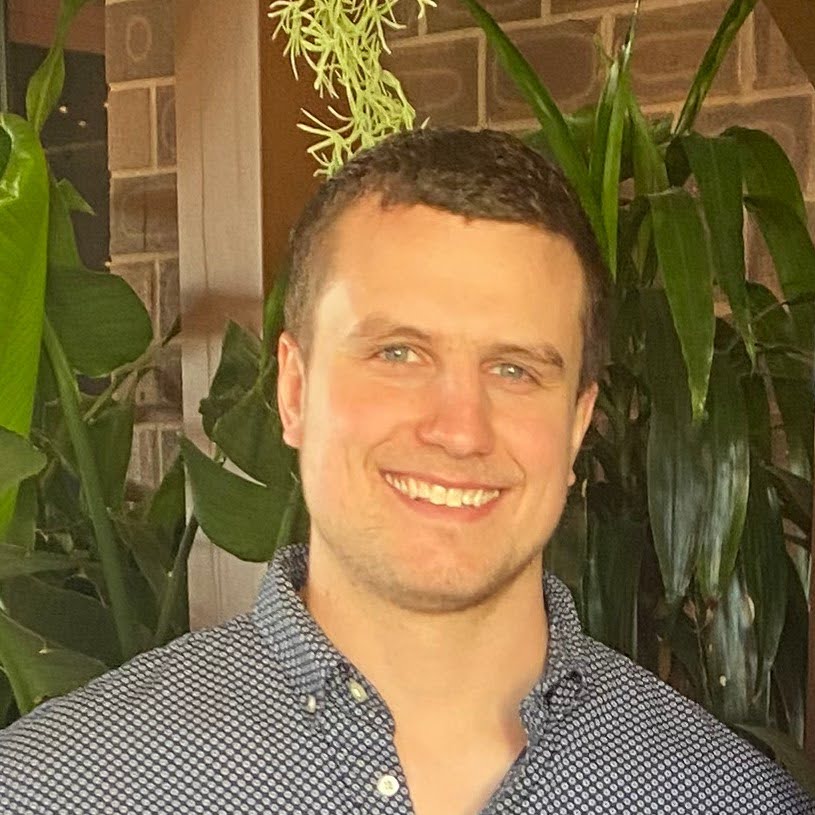
Reid Mello
Shoreline Offshore
Software and IT Engineering, Scientific Computing, Marine Terminal Logistics
Learn more
Jennifer Downing
New Bedford Ocean Cluster
Stakeholder engagement, supply chain integration, local economic development
Learn more
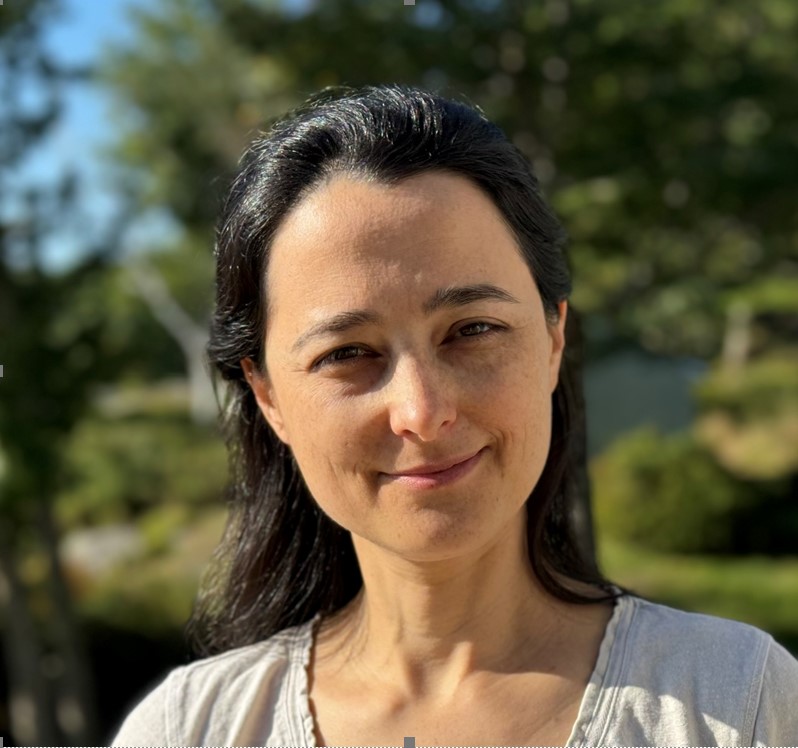
Lara Appleby
Tufts University
Project Management
Learn more